Your steering rack is an essential component of your vehicle's steering system. If your car has a failing or faulty steering rack, it isn't safe to drive.
Since it's a highly crucial part, steering isn't something you want to ignore. This is particularly true when it has problems.
One of the most crucial aspects of driving is being able to steer your vehicle correctly.
If you believe there's a problem with your steering racks, you must bring your car to your local mechanic to get tested.
If you wait longer to fix the problem, you'll spend more money on replacement or repair steering column and rack services. (Please check our another article of steering column: What is Steering Column? All You Need to Know About Steering Column.)
One of car owners' most common issues is nearside play in the steering rack inner joint. How much does it cost to fix it?
1. What is a Steering Rack Inner Joint?
The steering rack inner joint, commonly known as a tie rod, partially controls your vehicle's alignment and steering.
These small rods contribute to the steering system and maintain the alignment of your tires to ensure it stays in the correct direction when you steer.
Whenever they begin to fail, your vehicle might not control the way it should anymore. Also, if you ignore this problem, it can cause more stress on many other components of your steering system.
This will lead to more damages over time that can be more expensive to fix. Thus, you can make the repairs less costly if you replace the tie rods or inner joint as soon as possible. Such as rack and pinion 2012 prius c, which is a steering rack with high maintenance rate.
2 What is Nearside Play in Steering Rack Inner Joint?
As mentioned earlier, one of the most common problems that car owners face is a nearside play in the steering rack inner joint. So, what is it?
To determine any possible issues, professionals recommend visually assessing your steering system. The ideal way to do this is to ensure your car rests on the ground at the total weight.
If you raise your car, it will only affect the wedging or locking of the components. This will eliminate any free play. Thus, you won't see if there's any problem.
Ask someone to help you by turning the steering wheel from side to side whenever they feel resistance. Moving the steering wheel in this approach will reveal free play in the tie rods.
If your inner joint has free play, it influences the tracking and is displayed as uneven wear on the exterior edge of the tires.
Aside from that, poor tracking will also cause the car to drift or wander to one side when you brake or drive.
3 Reasons to Replace Your Tie Rod
Tie rods are vital if you want to control your car correctly, just like custom door panel to your car door. If they begin to deteriorate, your vehicle is not going to handle it the way it should be.
To simplify, you won't have an enjoyable driving experience if you do not keep your tie rods in excellent shape.
It can even become hazardous to enable your inner joint or tie rods to stay in bad shape.
One of the main reasons why people choose to ignore this problem is the play in steering rack inner joint cost. You're wrong if you think you're saving money by ignoring this problem.
They keep the steering rack inner joint in excellent condition and guarantee that your vehicle and the tires will last for an extended period.
Whenever your tires get out of proper alignment, you'll notice abnormal wear and tear on the tires. Remember that your tires won't be appropriately aligned if your inner joint or tie rods aren't working correctly.
If you replace the steering rack inner joint, you can prevent much damage and save much money in the long run, for example, toyota etios steering rack price is high in repair market. But if you can only replace the damaged inner joint, you will save more money than you think.
4 Can You Drive a Vehicle with a Bad Tie Rod?
So, you want to avoid wasting money on nearside play in steering rack inner joint cost. You think you can simply drive your car with a bad inner joint or tie rod.
Well, technically speaking, you can still drive your car. However, it isn't a wise move. This is because you're endangering your passengers and yourself, as well as other people around you.
A faulty tie rod can result in worn tires. This means you are going through them faster than you should be. It can result in blowouts while you are driving. This can be extremely risky.
To make things worse, a bad inner joint or tie rod can completely break and cause you to lose control over your car at high speeds. This can result in a severe accident.
Ignoring this problem may result in a car crash that leaves you and your passengers. In the worst-case scenario, it can even result in death.
5 Signs That You Have a Bad Steering Rack Inner Joint or Tie Rod
Do you want to know the signs indicating you have a failing steering rack inner joint or tie rod? Well, here are some of them.
1) Excessive Car Vibration
If your tires start to deteriorate unevenly, the whole car can begin to vibrate. These vibrations become excessive when you accelerate your vehicle. This makes it hard to drive comfortably.
However, comfort might be the least of your problems.
Excessive car vibration can also result from an almost failing tie rods or inner joint. This is a precarious condition.
In this case, the tires will shake on their own and are loose. There's a possibility you may lose control of steering. Make sure you fix your car right away
2) Uneven Wear of the Tires
It's normal for your tires to experience deterioration over time. However, the level of damage should be even on both sides.
It can indicate an issue if you notice uneven deterioration on one or more tires. A bad inner joint or tie rod will cause a tire's outer or inner edges to deteriorate faster than the rest.
If you want to evaluate your car for uneven tire wear, stand facing your vehicle and look at the outside or inside ends of the front tires.
Uneven wear of the tires could also result from other problems. This includes unbalanced tires, wrong tire pressure, or poor alignment. Thus, it's a wise move to hire a mechanic to inspect your car.
3) Weird Noises
Any squealing or squeaking you hear while driving can indicate unwanted metal-on-metal contact.
Whenever you drive your car and hear a high-pitched squeaking noise, it can indicate that an inner joint or tie rod end rubber has cracked. This is particularly true if you hear the noise around corners.
You might also hear rattling or clunking from the front side of your vehicle. Because weird sounds do not automatically indicate a failing tie rod end, you will want to see if any other symptoms exist in your car.
4) Wheels Feel Loose
Do you have a hard time determining whether or not your tie rods are in excellent shape? Well, lucky for you, there's one way to do it.
All you need to do is to conduct a quick test in your driveway. You'll only need a couple of minutes to spare and a jack.
First, lift the front end of your vehicle and use your hands to grab the tire. Place one hand at nine o'clock and the other at three o'clock. Next, move the steering wheel from side to side.
You need to do this on both the back and front wheels. If your car is in excellent condition, you shouldn't be able to rotate or turn the wheels by hand since they're aligned.
However, if you notice clicking noises when you move or turn your car's wheels at any angle, this might indicate a massive issue with the inner joint or tie rod.
5) Unresponsive Steering
Failing inner joints or tie rods can cause your steering wheel to feel loose and affect performance when handling it. There might be excessive play on the wheel.
You might also feel that you have to turn the steering wheel harder for your car to go in the direction you want it to.
This instability and looseness can be a result of a couple of various issues. This includes worn suspension. However, poor inner joints or tie rods are the most common reason.
6) Poor Alignment in the Front End
The purpose of a tie rod is to help maintain the configuration of the front end of your car. That is why if it is worn or damaged, it can lead to loosening of the components.
This will result in the front tires becoming misaligned and poorly tracked. You will notice this misalignment when driving your car since it will begin to steer to the right or left whenever you point it forward.
You can easily see this issue if you temporarily remove your hands from the steering wheel once you turn it straight when driving your car.
If your car is adequately aligned, it should keep a straight path. If not, you have a problem requiring a steering rack repair service.
7) Shaky or Vibrating Steering Wheel
Another purpose of the tie rod is to keep the suspension parts tight and solid. If the tie rod end fails or deteriorates, the suspension components will loosen.
This will result in shakes and vibrations that you will feel on the steering wheel while you drive your car. You will feel these vibrations more as you accelerate your car or turn corners.
If you find any of these signs, hire a professional mechanic to examine your tie rod and steering systems.
This type of car component should be checked during routine tune-ups. You must follow the mechanic's advice if he tells you that your inner joint or tie rods are beginning to deteriorate. It's a simple and cheap repair that can be completed immediately.
If you wait for an extended period to fix the problem, your car will experience more damage in the long run. It's a simple maintenance process that you shouldn't ignore.
The inner joint and tie rods are easy and quick to replace. They're also cheap when you fix the problem as soon as possible.
6 How Much Does Inner Joint and Tie Rod Replacement Cost?
The labor needed for replacing these components dramatically depends on your car's make and model. However, the average labor cost ranges from $300 to $400.
Labor factors into the costs of a tie rod replacement incredibly and can only be genuinely estimated based on the mechanic's hourly rate.
For an accurate cost estimate, consider going to your mechanic and asking for the price based on the particular condition of your vehicle.
On average, the cost to replace inner joints and tie rods ranges from $150 to $450. This depends on how difficult it is to reach the tie rod end, the quality of the components used, and the car.
For play-in steering rack inner joint cost, an inner joint or tie rod end can cost around $25 to $150. It does not matter if it is the outer or inner tie rod.
Outer tie rods are pretty easy to replace. Thus, you should expect to play around $100 to $200 in labor since mechanics usually charge a 1-hour minimum.
On the other hand, inner joints take a little more effort to replace. Thus, you should expect to pay $250 to $350 in labor.
Because around 50% of the overall cost is labor, it makes sense to purchase high-quality components or OEMs to get your money's worth.
You should also tell the mechanic that you want a front-end alignment in the cost estimate since it's required when the job is done.
To get an idea of the average nearside play in steering rack inner joint cost, consider shopping around and comparing labor rates from various mechanics.
This will help you lower the overall cost. You might be tempted to choose a mechanic that offers the lowest price. However, that shouldn't be the case since the mechanic might cut corners.
You should also consider taxes and other fees in the overall cost of the service.
7 Tips for Saving Money on an Inner Joint or Tie Rod Replacement
Without a doubt, a steering rack repair service can be a bit expensive. However, you can do a couple of things to save money.
Since there are no specialized or expensive tools needed for this job, it's something that a regular car owner can do.
However, before you choose a DIY option, you must ensure that you're experienced at replacing inner joints or tie rods.
You can also watch several instructional videos and follow the instructions that they tell you. However, it's quite an easy process.
To lower expenses, you should consider doing the job independently. You'll need to invest a lot of time for this, however.
Still, it's quite a cheap repair job. It is still a wise move to leave it to an expert simply. However, your best bet, if you want to save a lot of money, your best bet is to fix the problem as soon as you notice it.
You are entirely wrong if you ignore the problem because you think you can save on the cost of the play-in steering rack inner joint.
Ignoring the problem will only result in more issues in the long run.
8 What Should a Mechanic Do During the Process?
Just like any vehicle repair job, a mechanic will examine your car to see what's the issue. Even if your vehicle indicates a faulty inner joint or ties rod, it can be another problem.
After the mechanic figures out the leading cause of the problem, he will remove the road wheels. Next, he will remove the old tie rods or tie rod ends and install the new ones.
Usually, a mechanic will utilize different wrenches for this process. Once the mechanic installs the new tie rods and inner joints, he will examine the suspension and steering system for any other issues.
The mechanic will be searching for components that are highly damaged. This can occur whenever your inner joint or tie rod isn't doing its job correctly.
Also, the mechanic should grease the rods to enable them to rotate when needed smoothly. Next, the mechanic will install back the wheels for a test drive. He will be examining your car for proper handling and steering.
The mechanic might also conduct a tire alignment if necessary. Once everything is complete, you will have to pay the nearside play-in steering rack inner joint cost.
The Previous Articles:
What Is Rack and Pinion Bushing? How To Tell If Rack and Pinion Bushings Are Bad?
Why Steering Rack Makes Noise When Turning?
How To Rebuild A Steering Rack?
What Is A Rotary Valve Power Steering Rack?
Rack And Pinion System Vs Power Steering System: What Are The Differences?
Power Steering Rack Market Analysis Report (Japan Market)
What Causes Steering Rack to Go Bad?
Design Of Car Rack And Pinion Steering Racks
What Is The Intelligent Steering Rack Used By VW, Toyota, Honda And Renault?





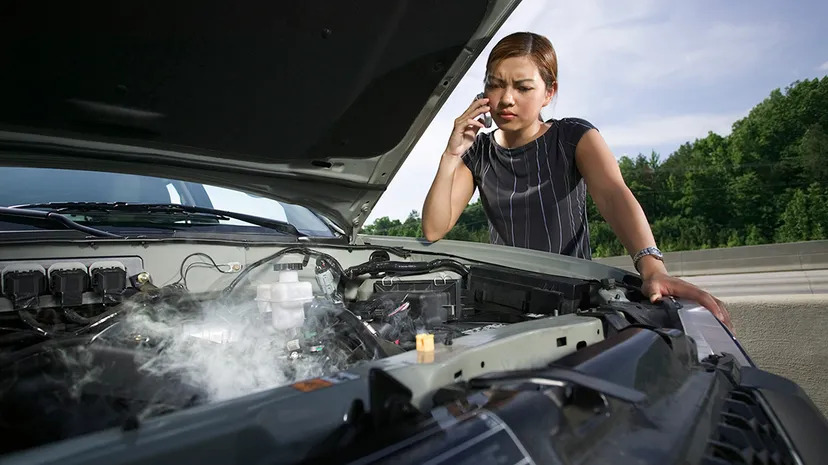

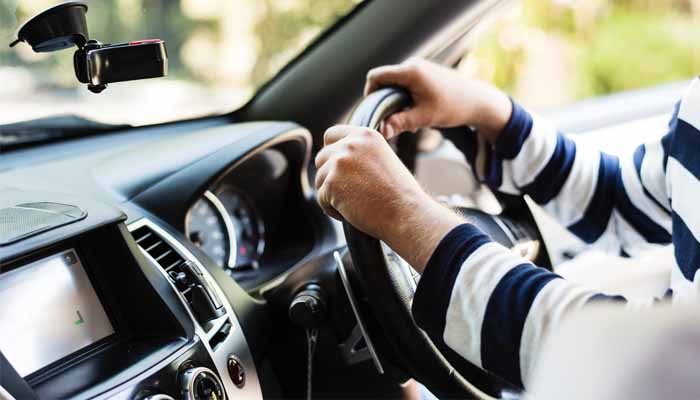
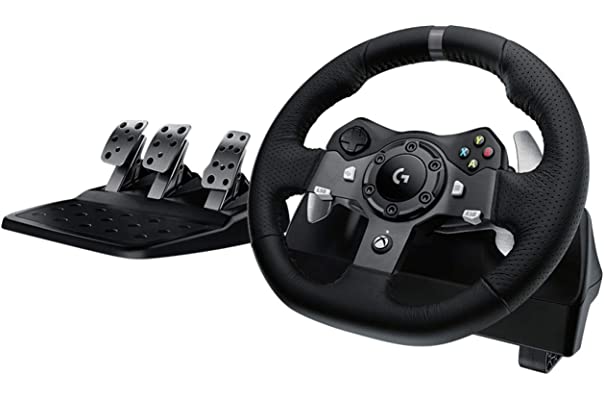

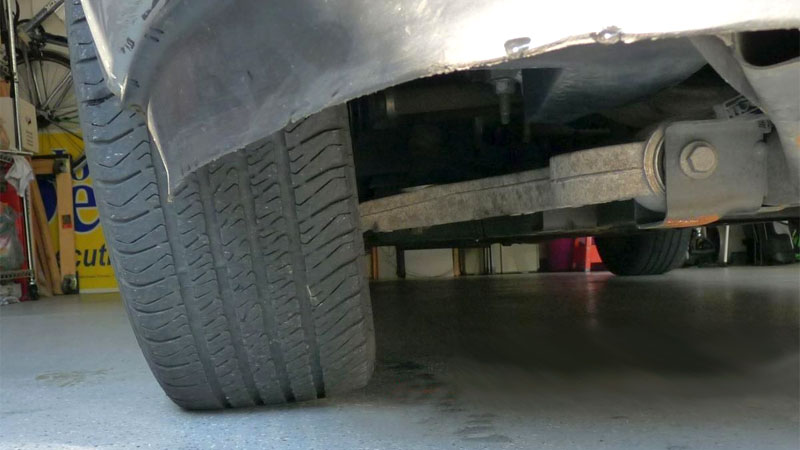
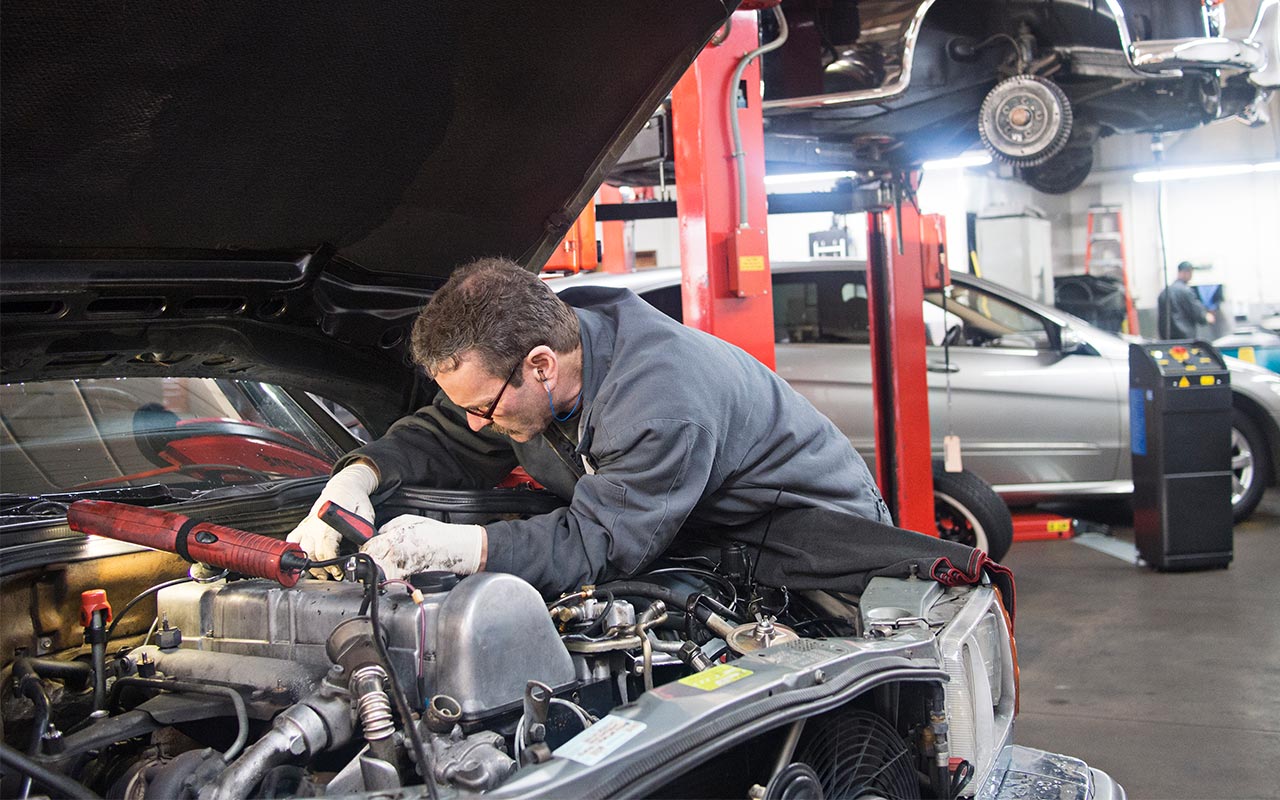
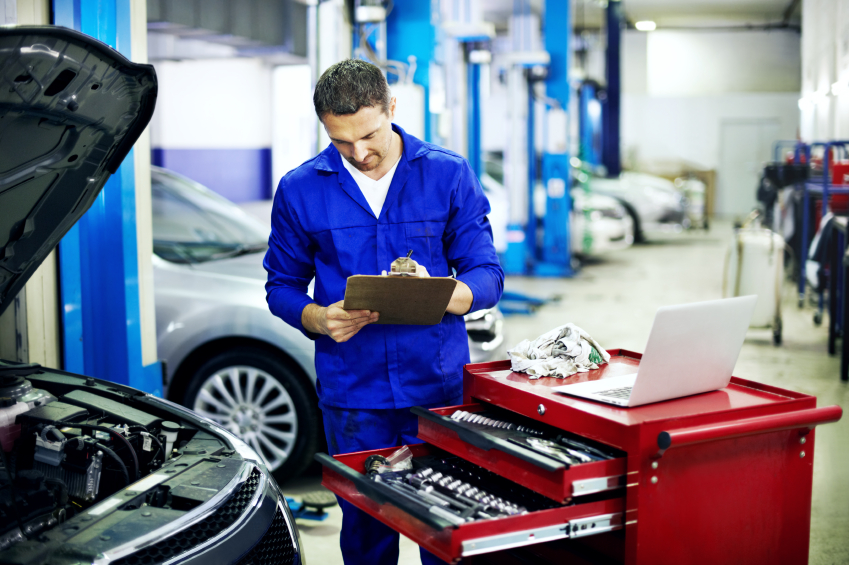
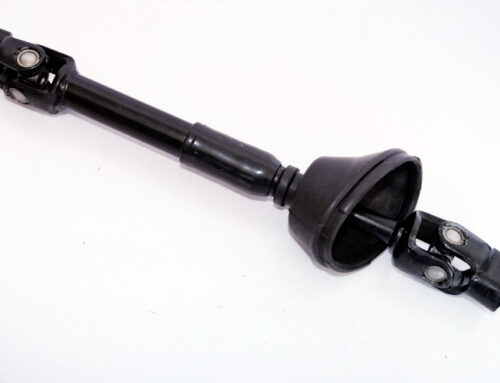
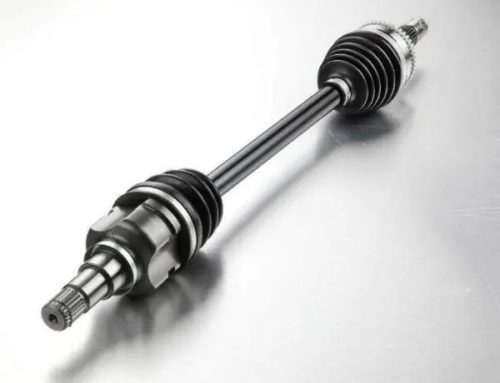
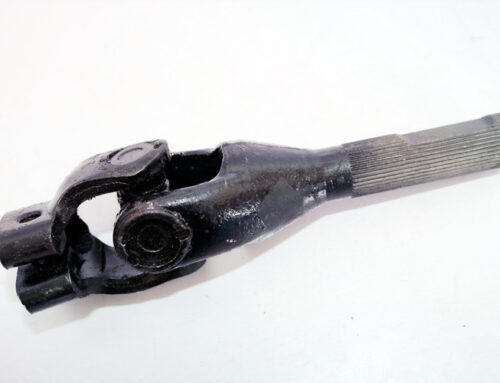
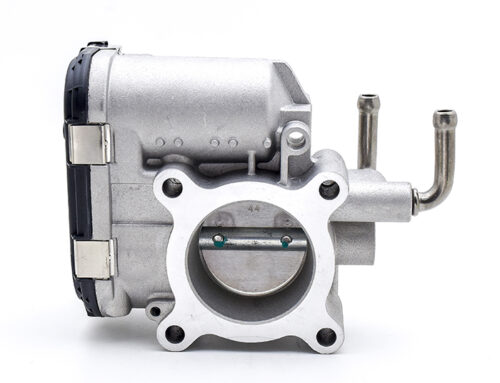
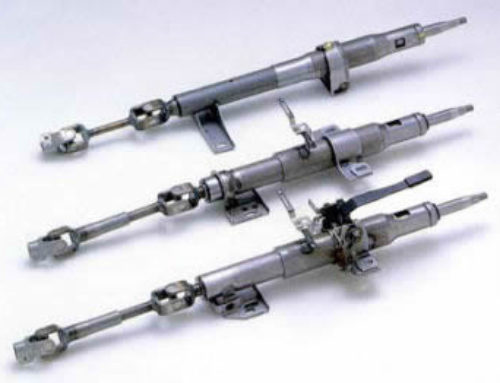
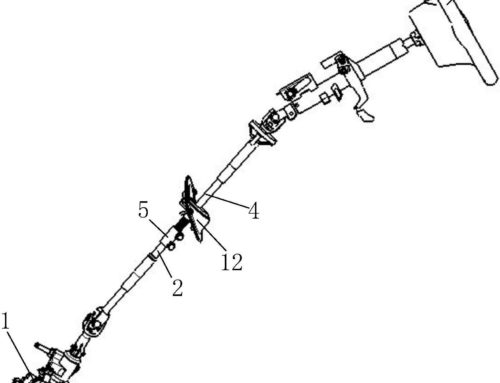
Leave A Comment